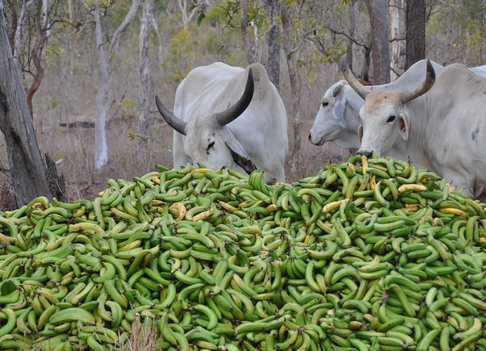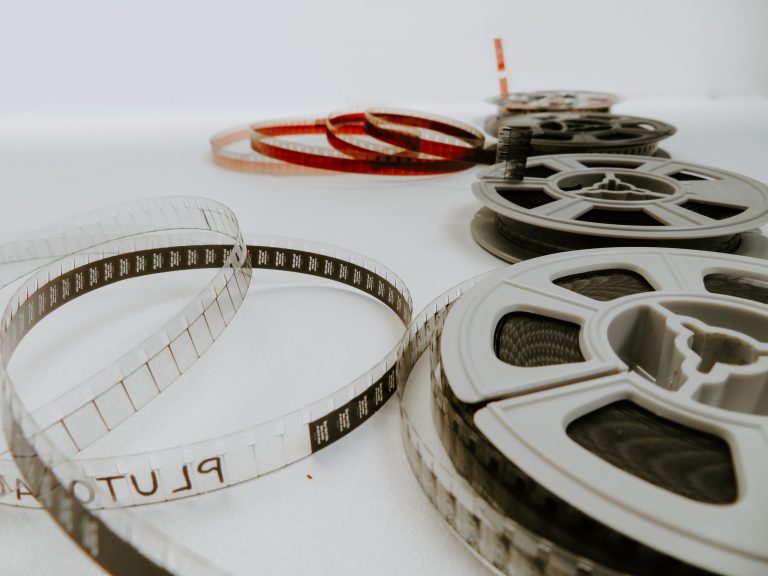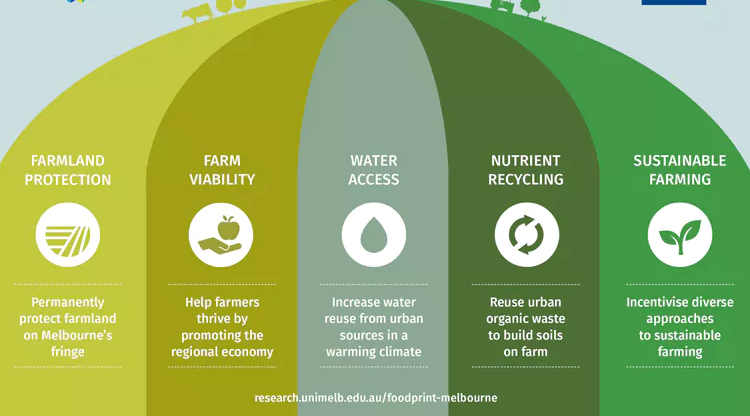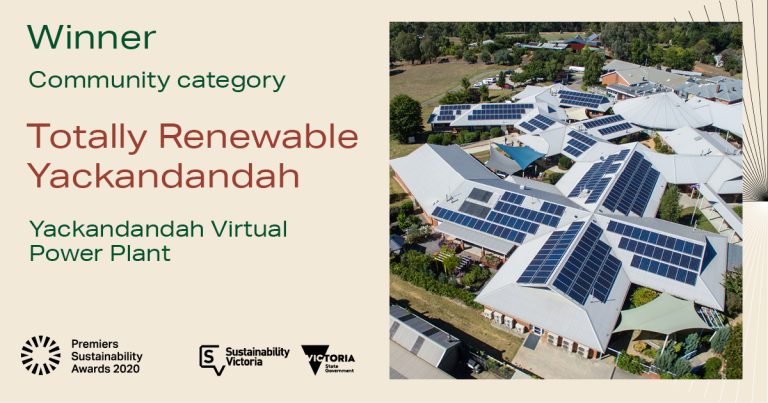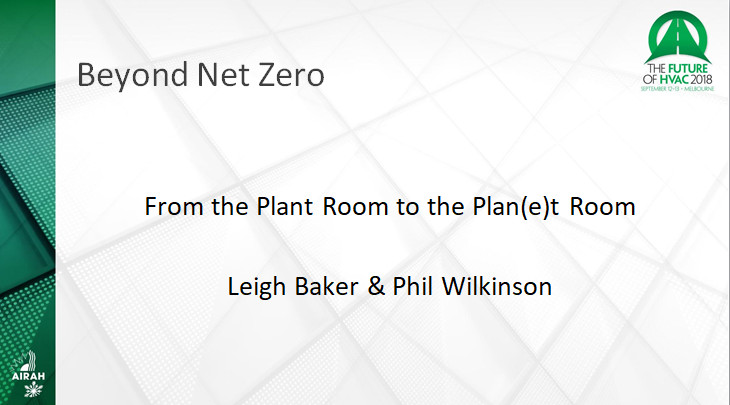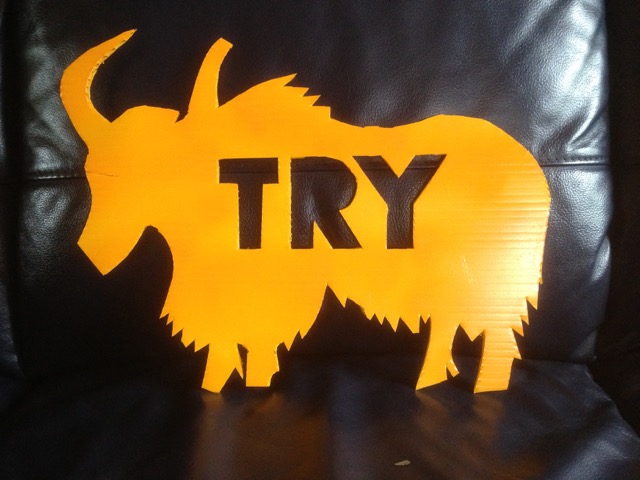From dried green bananas to sweet potato vodka – turning food waste into value
I loved Stephen Covey’s book First Things First – for me it came before his more famous 7 Habits of Highly Effective People. And his principles apply to everything from time management to food waste.
“Begin with the end in mind” Stephen Covey
In both books he talks about describing what you DO want – not just the problem you’re facing.
So listening to Drawdown 101 over the break, I liked the way that Dr Jonathan Foley went beyond “reduce food waste” to describe the systems goal:
Make sure that “what gets grown gets eaten!“.
Food waste – an innovation opportunity AND a top 5 climate solution
“Roughly a third of the world’s food is never eaten, which means land and resources used and greenhouse gases emitted in producing it were unnecessary. Interventions can reduce loss and waste, as food moves from farm to fork, thereby reducing overall demand.” – Project Drawdown
It’s a challenge – and an opportunity – at the supply chain design level. So it’s about more than food charities collecting end-of-expiry food and redirecting it from landfill.
It’s also about innovation further down the supply chain – in processing, in warehousing and even on-farm.
Dried green bananas – a story of practical innovation
Ten years ago, Krista Watkins MAICD and her husband Rob were growing lady finger bananas outside Cairns.
One day, Rob drove his tractor through a pile of green bananas that had been sitting in the sun – and a cloud of powder erupted with a crunch from under the tractor wheels. He jumped off the tractor to investigate and discovered why wild pigs and cattle had been knocking down his fences. The powder from the dried bananas was delicious!
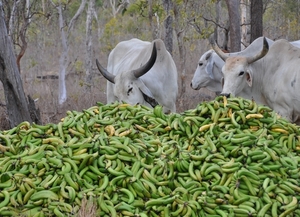
They had stumbled upon the potential to make flour from green lady finger bananas – and after 6 years of focused innovation, the pair developed a world-first, automated production process to turn unsalable green bananas into a nutritionally dense, gluten free flour.
Today their Natural Evolution laboratory is turning food waste into food and has expanded their range to include other fruits and vegetables sweet potato and broccoli. Their award-winning NutroLock technology preserves up to 50 times more nutrients than conventional food-processing techniques. And some of their products have great health properties too.
They’re out to use the whole product – so not only do they process sweet potatoes into flour, they also use their wealth of juice to make sweet potato vodka.
“food waste at the farm gate, which currently accounts for 10 per cent of Australia’s gross food production, is valued at $4b” AICD article
So inspiration + innovation have generated a win/win/win opportunity – to reduce the greenhouse gases from food waste, to improve human nutrition and create new value (and jobs) in the Australian food industry.
Opportunity is where you find it – and often on your doorstep. One place to look is at anything labelled “waste” – especially in a time when the demand for climate solutions is multiplying.

